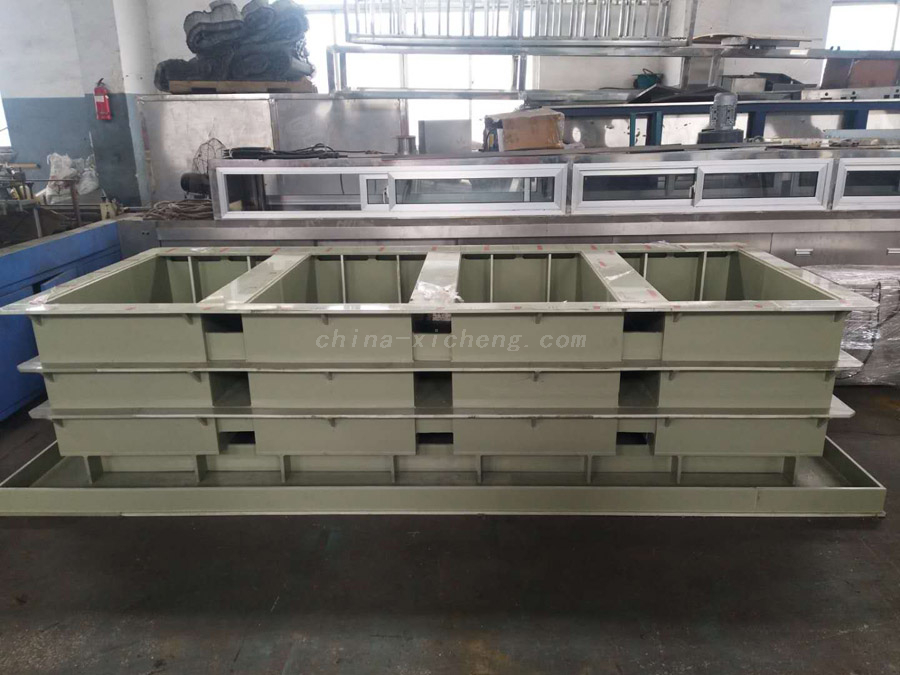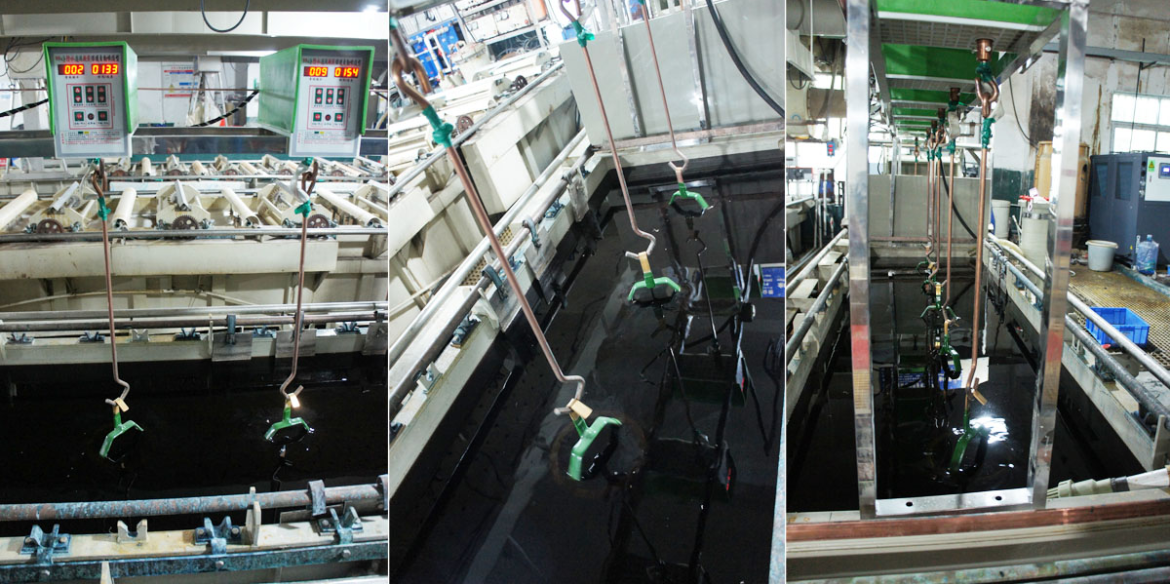- All
- Product Name
- Product Keyword
- Product Model
- Product Summary
- Product Description
- Multi Field Search
Views: 12 Author: Xicheng EP LTD Publish Time: 2023-05-23 Origin: Xicheng EP LTD
Designing a rectangular tank requires consideration of several factors such as required capacity, available space, structural integrity and functionality.
Here are the general steps to design a rectangular tank:
Determine required capacity: Calculate how much water you want the tank to hold. Consider factors such as the intended use of the water and expected demand. The formula for calculating the volume of a rectangular water tank is: volume = length x width x height.
Assess available space: Measure the area where you plan to install the tank. Consider any constraints or limitations, such as obstructions or structural considerations, to ensure the tank is properly installed.

Select tank material: Choose the appropriate tank material based on factors such as cost, durability, compatibility with stored water, etc. Common materials for tanks include concrete, steel, fiberglass or polypropylene plastic. Usually, in order to save costs, PP plastic material is used. PP has high strength and corrosion resistance, and can achieve food-grade safety.
Determine the size of the tank: Determine the size of the tank based on the required capacity and available space. Consider factors such as the height, length and width of the tank. Make sure the dimensions provide enough structural strength to support the weight of the water.
Consider reinforcement and bracing: If you are designing a larger tank, it may need additional reinforcement and bracing to ensure its stability. Water tanks exceeding a certain size need to use steel with better rigidity to strengthen the water tank body.
Include Access Points: Determine the location and size of access points, such as openings for filling, draining, and cleaning tanks. Make sure these access points are easily accessible and large enough for maintenance.
Consider overflow and drainage: Design an overflow system to prevent water from overflowing the top of the tank during heavy rain or overfilling. Additionally, a drainage system is incorporated to allow for regular cleaning and maintenance.
Combine fittings and fixtures: Depending on the purpose and usage requirements of the tank, determine the placement and type of fittings, such as inlet and outlet pipes, valves, and connectors. Ensure proper sealing and compatibility with the chosen tank material.
Consider insulation (if necessary): Depending on the climate and the intended use of the water, you may need to employ insulation to prevent freezing or maintain the desired water temperature. This can be achieved through various insulating materials or methods.
Consult an expert: If designing a large or complex tank, it is advisable to consult a professional such as an architect, engineer or tank manufacturer. They can provide specific guidance on your requirements and ensure compliance with local regulations.
Remember to check local building codes and regulations to ensure safety standards are met and to obtain any permits required to build the tank.
Maintaining your plastic square water tank is essential to ensure its longevity and keep your stored water clean and safe.
Here are 10 maintenance tips for plastic square tanks:
Regular Cleaning: Regularly clean the tank to remove any sediment, debris or potential contaminants. Empty the tank completely and scrub the interior walls and floor with a non-abrasive brush or sponge. Rinse thoroughly with water to remove any residue.
Check for Leaks: Check the tank for any signs of leaks or cracks. Repair any damaged areas promptly to prevent water loss and maintain the structural integrity of the tank. Follow the manufacturer's instructions or consult a professional for proper repair methods.
Prevents Algae Growth: Algae can grow in stagnant water exposed to sunlight. To prevent algae growth, place the tank in the shade or cover it with a UV-resistant tarp or paint. Check regularly for any signs of algae and clean the tank if necessary.
Control Mosquito Breeding: Make sure entry and exit points and any vents are properly sealed to prevent mosquitoes from breeding in the tank. Consider installing fine-mesh screens or insect screens to keep mosquitoes and other insects out.
Maintain water quality: Regularly monitor the quality of stored water. If the water develops an odor, taste, or discoloration, it may indicate contamination or bacterial growth. In this case, consider treating the water or consulting a water treatment professional to ensure it is safe to drink.
Check Fittings and Connections: Regularly check the fittings, connectors and seals in the tank plumbing system. Make sure they are in good condition and sealed properly to prevent leaks or loss of water. Replace any damaged or worn parts as needed.
Antifreeze: If the water tank is located in a place with a cold climate, antifreeze measures should be taken. Insulate the tank or use a heating element if necessary to avoid freezing of the water and potential damage to the tank structure.
Keep Surroundings Clean: Keep the area around the tank clean. Avoid storing or accumulating any chemicals, debris or contaminants near the tank as they can contaminate the water.
Check the water level regularly: Monitor the water level in the tank to ensure an adequate supply. If the tank is connected to a water source, check for unusual water flow or any problems with the plumbing system.
Follow Manufacturer's Guidelines: Refer to the manufacturer's instructions and recommendations for your plastic square tank. They may provide additional maintenance guidelines or specific precautions depending on the design and materials of the tank.
By following these maintenance tips, you can help keep your plastic square tank in good shape and ensure the quality and safety of the water you store.
Polypropylene (PP) sheet is a commonly used plastic material for water tanks due to its excellent chemical resistance and durability. It is suitable for storing a wide range of liquids, including:
Potable water: PP tanks are commonly used for storing drinking water in residential, commercial, and industrial applications. PP is inert and does not leach chemicals into the water, making it a safe choice for potable water storage.
Non-potable water: PP tanks can also be used to store non-potable water, such as rainwater harvesting, irrigation water, or water for industrial processes.
Chemicals: PP is resistant to a variety of chemicals, including acids, alkalis, and solvents. It can be used to store a wide range of chemicals, such as acids, caustics, cleaning agents, and some organic solvents. However, it's important to verify the compatibility of specific chemicals with PP and consult chemical resistance charts or material manufacturers for guidance.

Food and beverages: PP tanks can be used for storing food and beverage products, such as fruit juices, edible oils, syrups, and liquid food ingredients. However, it's crucial to ensure compliance with food safety regulations and guidelines when using PP tanks for food storage.
Agricultural liquids: PP tanks are suitable for storing agricultural liquids, such as fertilizers, pesticides, herbs, and liquid feeds for livestock. Again, it's important to verify the compatibility of specific agricultural chemicals with PP to prev ent any adverse reactions or degradation.
| | N0.34 Zhenxing Road (Shengtaian Heavy Industrial Park B), Loucun, Guangming New Dist, Shenzhen, Guangdong, China |
| | +86 18028775826 |
| | Leyte@china-xicheng.com |